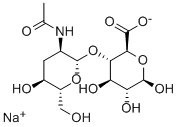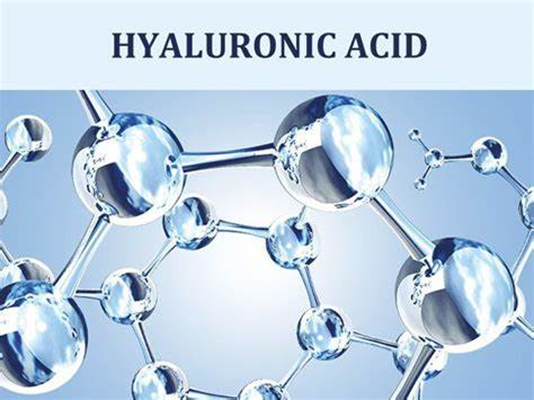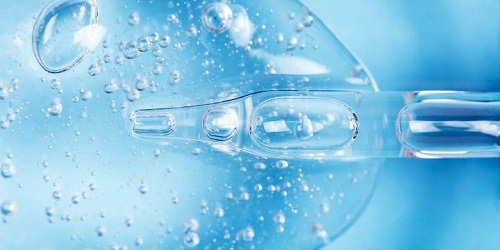Hyaluronic acid: Uses; Biological function; Side effects and Benefits
Uses of Hyaluronic acid
Hyaluronic acid (HA) is a natural substance found in the eyes, joints and skin. It acts as a cushion and lubricant in joints and other tissues. It is used to treat dry eyes and leg ulcers (leg vein ulcers caused by poor circulation). It has a unique ability to retain water, which is why it is also mostly used in beauty products. Hyaluronic acid may affect the way the body reacts to injury and help reduce swelling.
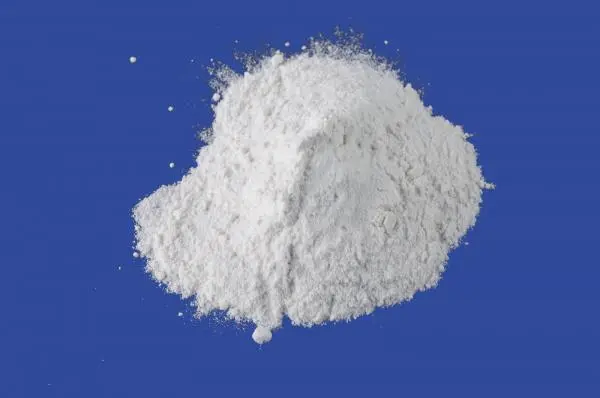
Biological function of Hyaluronic acid
Functions of HA include the following: hydration, lubrication of joints, a space filling capacity, and the framework through which cells migrate. The synthesis of HA increases during tissue injury and wound healing and HA regulates several aspects of tissue repair, including activation of inflammatory cells to enhance immune response and the response to injury of fibroblasts and epithelial cells. HA also provides the framework for blood vessel formation and fibroblast migration that may be involved in tumor progression. The correlation of HA levels on the cell surface of cancer cells with the aggressiveness of tumors has also been reported. HA of high molecular size, usually in excess of 1,000 kDa, is present in intact tissues and is antiangiogenic and immunosuppressive, whereas smaller polymers of HA are distress signals and potent inducers of inflammation and angiogenesis.
Side effects
Side effects of hyaluronic acid are relatively safe when taken orally and when applied to the skin, and allergies may occur on rare occasions.
Benefits of Hyaluronic acid
Hyaluronic acid helps retain moisture. It can be used to treat dry eyes and is also used in moisturisers, lotions, ointments and serums. As well as being a very effective moisturiser, some studies have found it to be very beneficial for healing wounds. Hyaluronic acid gives the skin elasticity. Hyaluronic acid helps the skin stretch and flex, reducing wrinkles and fine lines. Hyaluronic acid has also been shown to help wounds heal faster and can reduce scarring.
Hyaluronic acid plays an important role in development, cellular responses to injury and inflammation, cell migration and cancer. The tissues of the naked mole rat (Heterocephalus glaber) are rich in high molecular weight hyaluronic acid, which contributes to the species' resistance to cancer and may also explain its longevity. The abundance of high molecular weight hyaluronic acid may facilitate adaptation to the subterranean environment, increase skin elasticity, and protect the skin from oxidative stress under hypoxic conditions.
References:
[1] YANG ZHAO. Evolution of high-molecular-mass hyaluronic acid is associated with subterranean lifestyle.[J]. Nature Communications, 2023, 14 1: 8054. DOI:10.1038/s41467-023-43623-2.
[2] ELENI PAPAKONSTANTINOU, George K, Michael Roth. Hyaluronic acid: A key molecule in skin aging.[J]. Dermato-Endocrinology, 2012, 4 3: 253-258. DOI:10.4161/derm.21923.
You may like
Related articles And Qustion
See also
Lastest Price from Hyaluronic acid manufacturers
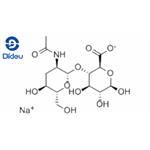
US $0.00-0.00/KG2025-11-25
- CAS:
- 9004-61-9
- Min. Order:
- 1KG
- Purity:
- 98
- Supply Ability:
- 10000KGS
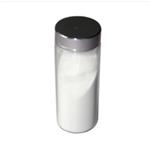
US $50.00-39.00/KG2025-11-03
- CAS:
- 9004-61-9
- Min. Order:
- 1KG
- Purity:
- 99%
- Supply Ability:
- 100tons
